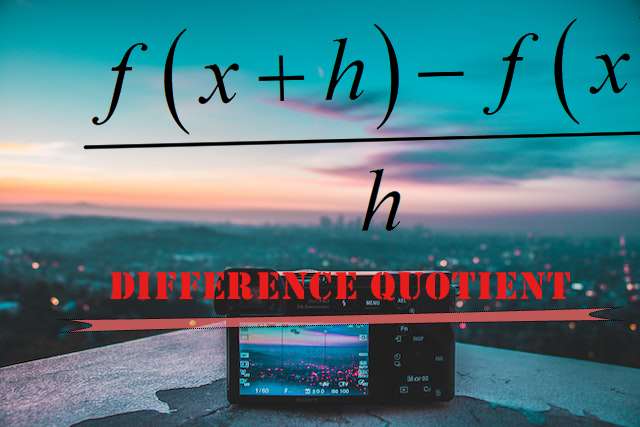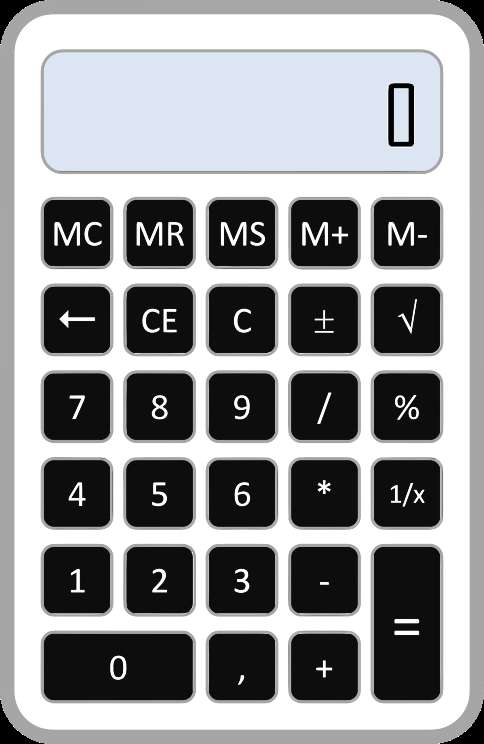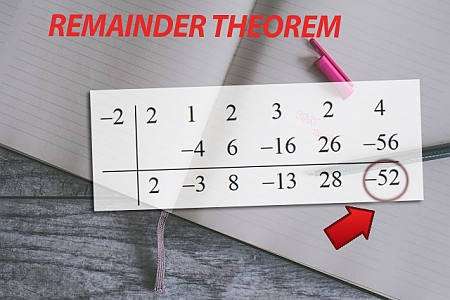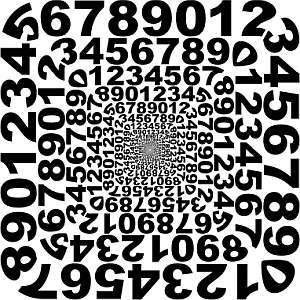Quotient Calculator
Instructions: Use this calculator to find the quotient obtained when dividing two integers you provide, showing all the steps. Please type in the dividend and the divisor in the boxes shown below.
About this Quotient Calculator
This calculator will allow you to find the quotient when dividing two integers. Observe that this operation is supposed to be conducted for two integers, although there are ways to generalize it when dealing with fractions or decimals.
Once you have provided the two integers needed, click on "Calculate" so to get the work started and the results will be shown to you.
How to Use this Quotient Calculator
A quotient calculator is a tool that simplifies the process of division of two integers. This is how you can use it
- Enter the dividend (the number you are dividing) into the calculator.
- Enter the divisor (the number you are dividing by) into the calculator.
- Press the calculate button to get the quotient.
Understanding Division: Dividend, Divisor, and Quotient
When you are dividing two integers, there are three key components involved:
- Dividend: The number being divided.
- Divisor: The number by which you are dividing.
- Quotient: The result of the division, which is how many times the divisor fits into the dividend.
Quotient and Remainder Explained
When you divide, you often get a quotient and sometimes a remainder. Here's what they mean:
- Quotient: The integer part of the division result.
- Remainder: The amount left over after the division, which is less than the divisor.

Calculating Quotients with Long Division
Here are the steps you need to follow to calculate the quotient using long division:
- Set up the division problem with the dividend inside the division symbol and the divisor outside.
- Divide the first digit of the dividend by the divisor. Write the result above the division bar.
- Multiply the result by the divisor and write the product under the first digit of the dividend.
- Subtract this product from the first digit of the dividend.
- Bring down the next digit of the dividend and repeat the process until you have no more digits to bring down.
How to Calculate Quotient with Remainder for Integers?
This is the scenario for which this calculator is designed to operation: In order yo calculate the quotient with a remainder:
- Perform the division as described above, finding the largest integer that multiplies the divisor without exceeding the dividend.
- Once you have the quotient, the remainder is the number left after the last subtraction.
Quotient Calculator for Fractions
If instead of having integers you have fractions (or at least one of the numbers is a fractions), you will need to observe that dividing fractions involves a few steps:
- Invert the divisor (the second fraction).
- Multiply the dividend (the first fraction) by the inverted divisor.
- Simplify the resulting fraction if possible.

Quotient Calculator for Decimals
Strictly speaking, the quotient or "div" operation is strictly for integers. Now, when dealing with decimals, you could take the following approach:
- Convert the decimals to whole numbers by moving the decimal point to the right the same number of places for both the dividend and divisor.
- Perform the division as usual.
- Place the decimal point in the quotient directly above where it was moved in the dividend.
Common Division Problems and how to solve them
Here are some common division scenarios to take into account:
- Dividing by zero: This leads to an undefined result; so in general you cannot divide by zero, unless you want to deal with limits.
- Dividing fractions: The "div" operation carried out by this calculator receives integer inputs. If you have non-integers you need to use the method described above for fraction division.
- Dividing decimals: Convert to whole numbers first by amplifying, and then divide.

FAQ
What is the quotient if 3.5 is divided by 14?
This would not be the quotient of integers, in which case you just treat it as the division of numbers with decimals. Then, the quotient when 3.5 is divided by 14 is \( \frac{3.5}{14} = 0.25 \).
What would be the quotient of 34 and 4?
The quotient of 34 divided by 4 is 8 with a remainder of 2, because 34 = 4*8 + 2.
How do you do the quotient of a fraction?
Dividing by a fraction is not allowed for the division operations between integers, but there is an option: To find the quotient of a fraction, you need to invert or "flip" the divisor and multiply it by the dividend.
For example, to divide \( \frac{1}{2} \) by \( \frac{3}{4} \), you multiply \( \frac{1}{2} \) by \( \frac{4}{3} \), resulting in \( \frac{4}{6} \), which simplifies to \( \frac{2}{3} \).
More Calculators to Explore
If you're working with quotients, then very likely you will need to understand rates of change, so our difference quotient calculator can be particularly useful. It will help you calculate the average rate of change over a given interval, which is essential in calculus and physics for understanding how functions behave.
When dealing with fractions, converting between different forms can become a necessity. Our fraction to decimal calculator simplifies this process, allowing you to convert fractions into decimals at the click of a button, with the steps shown. Conversely, if you need to go from decimals back to fractions, our decimal to fraction calculator is just a click away, providing a seamless transition for your calculations.





